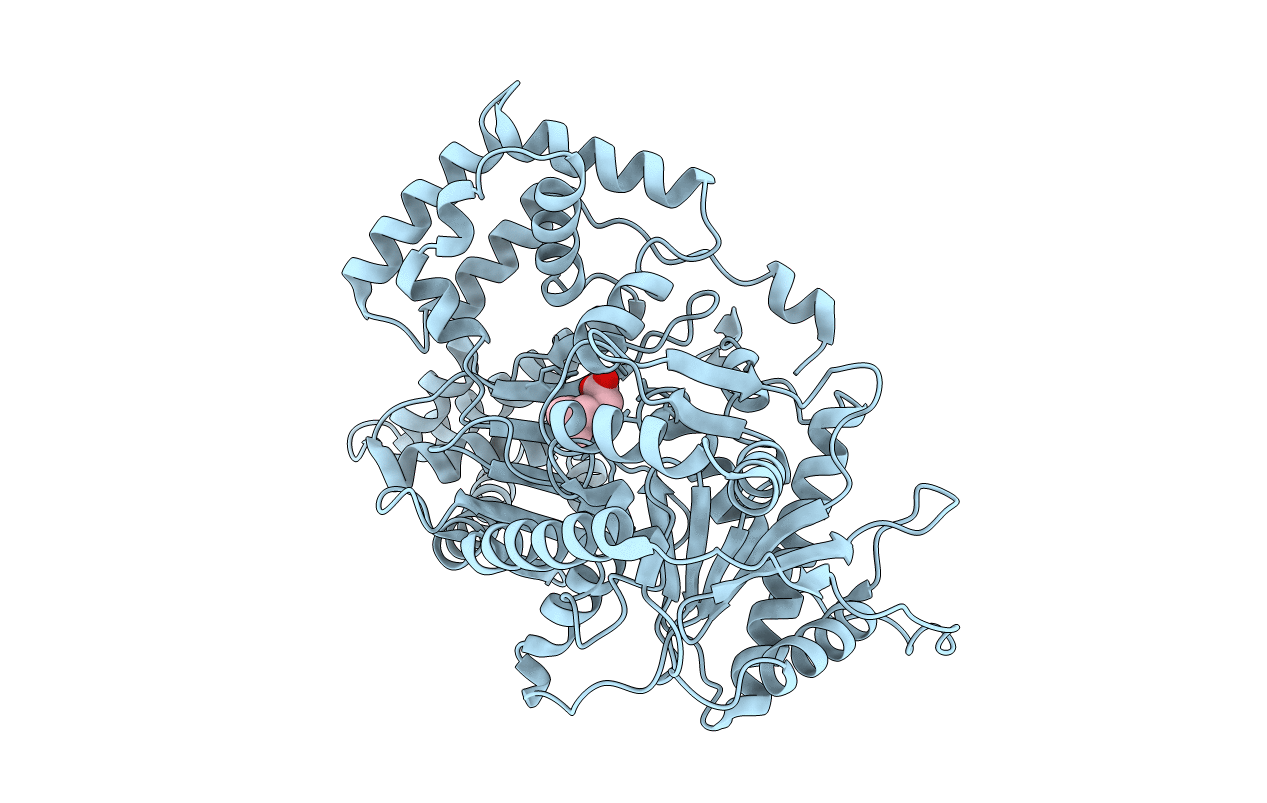
Deposition Date
2004-05-10
Release Date
2004-06-22
Last Version Date
2024-02-14
Entry Detail
PDB ID:
1T7O
Keywords:
Title:
Crystal structure of the M564G mutant of murine carnitine acetyltransferase in complex with carnitine
Biological Source:
Source Organism:
Mus musculus (Taxon ID: 10090)
Host Organism:
Method Details:
Experimental Method:
Resolution:
2.30 Å
R-Value Free:
0.26
R-Value Work:
0.20
R-Value Observed:
0.20
Space Group:
P 43


